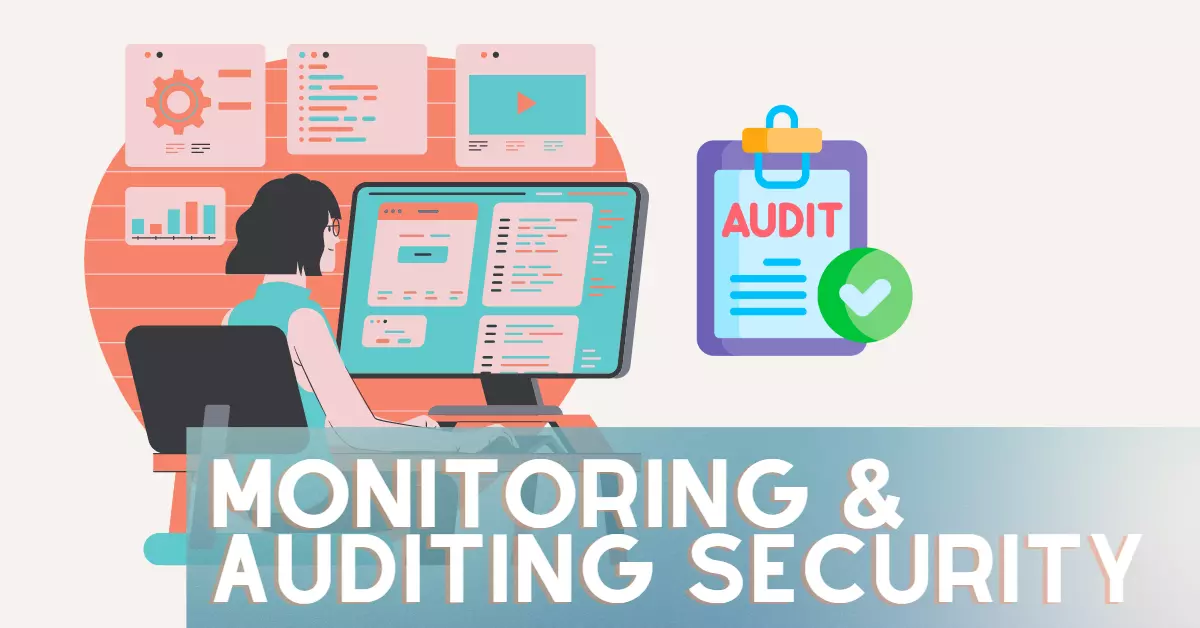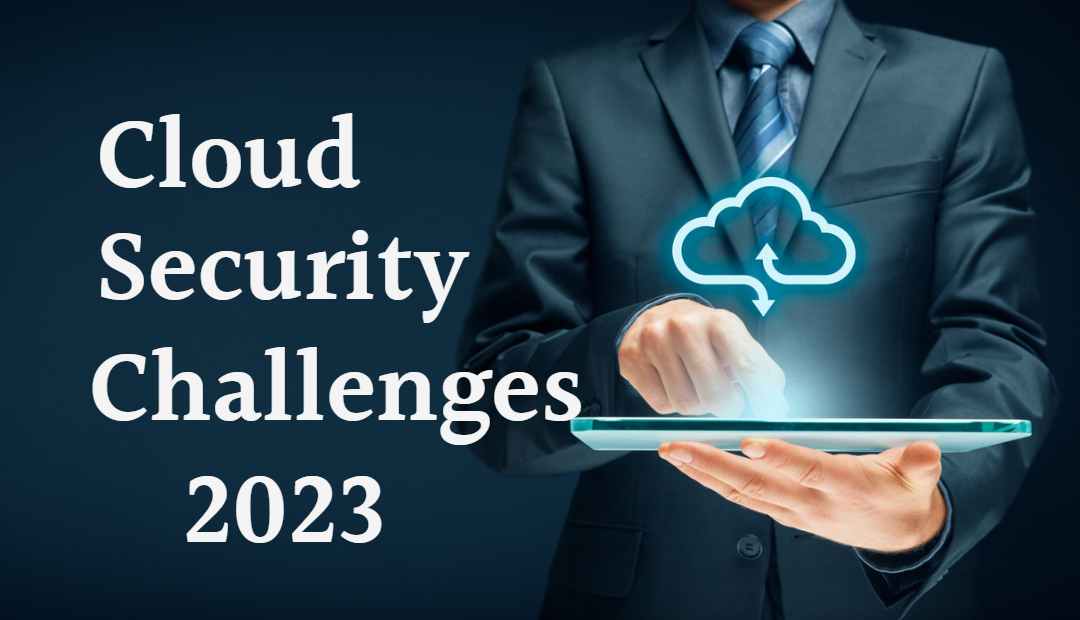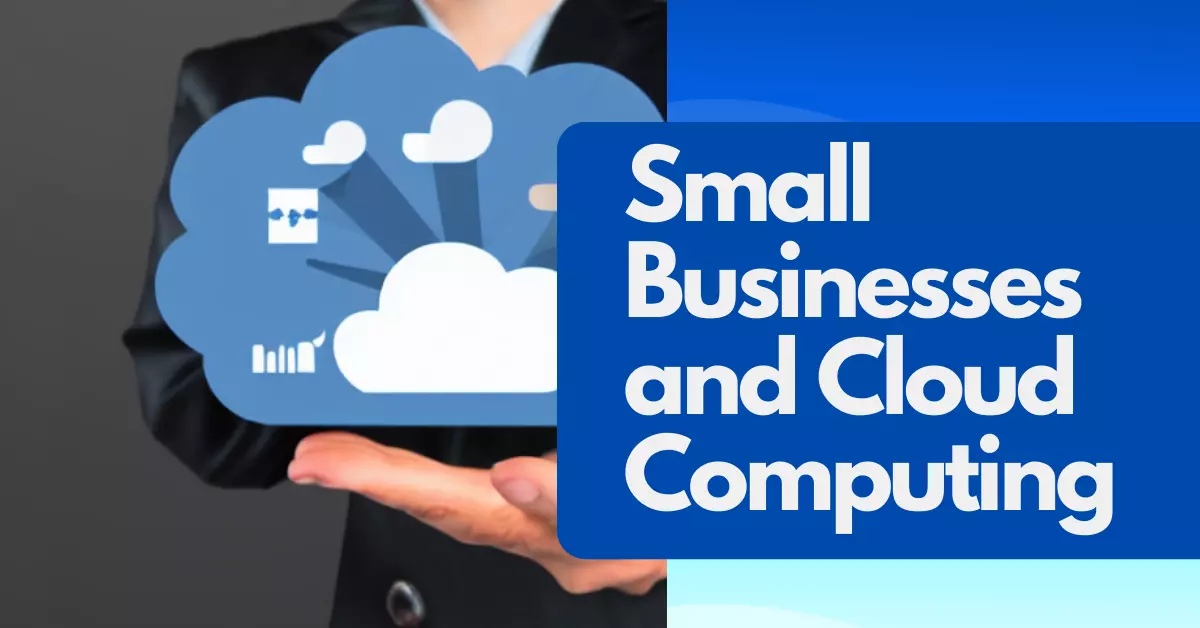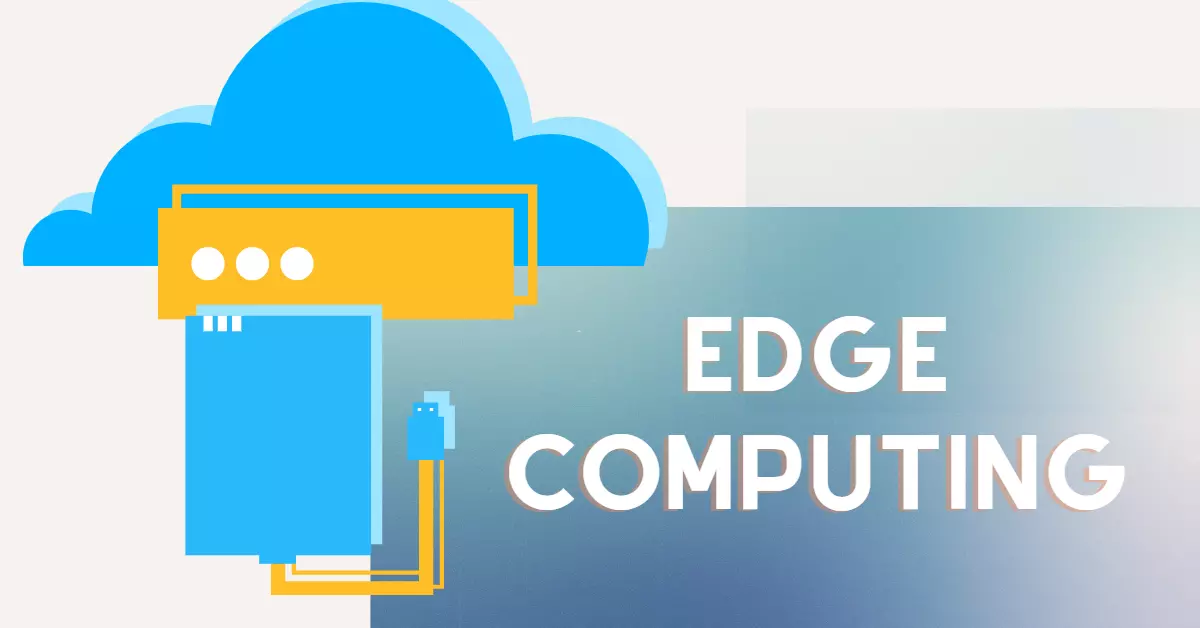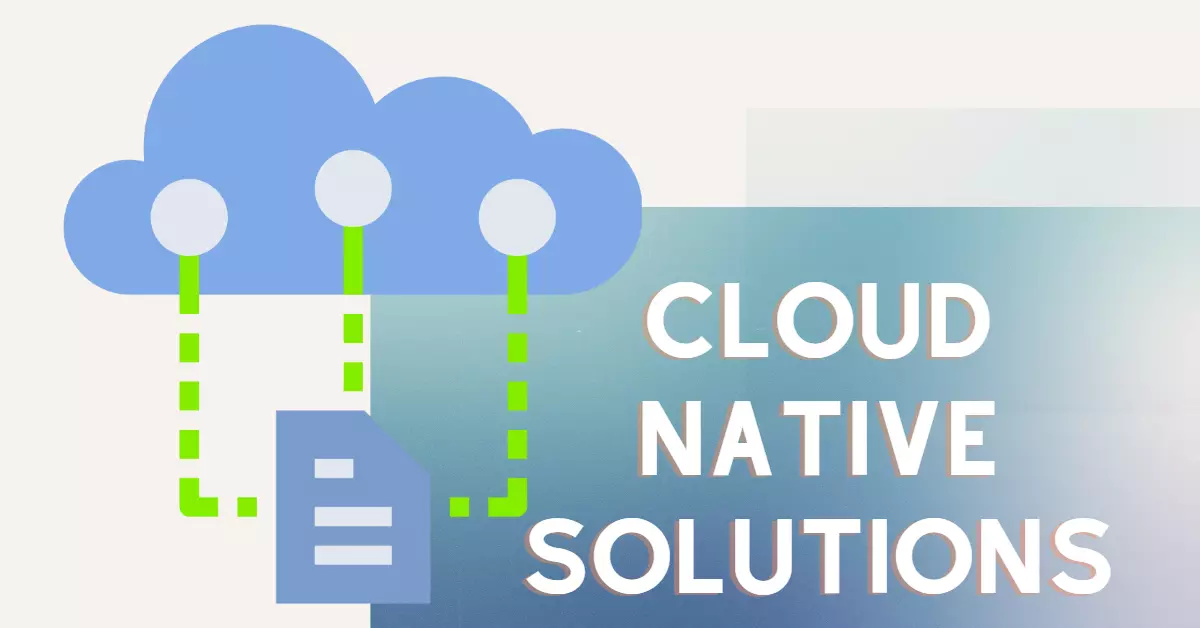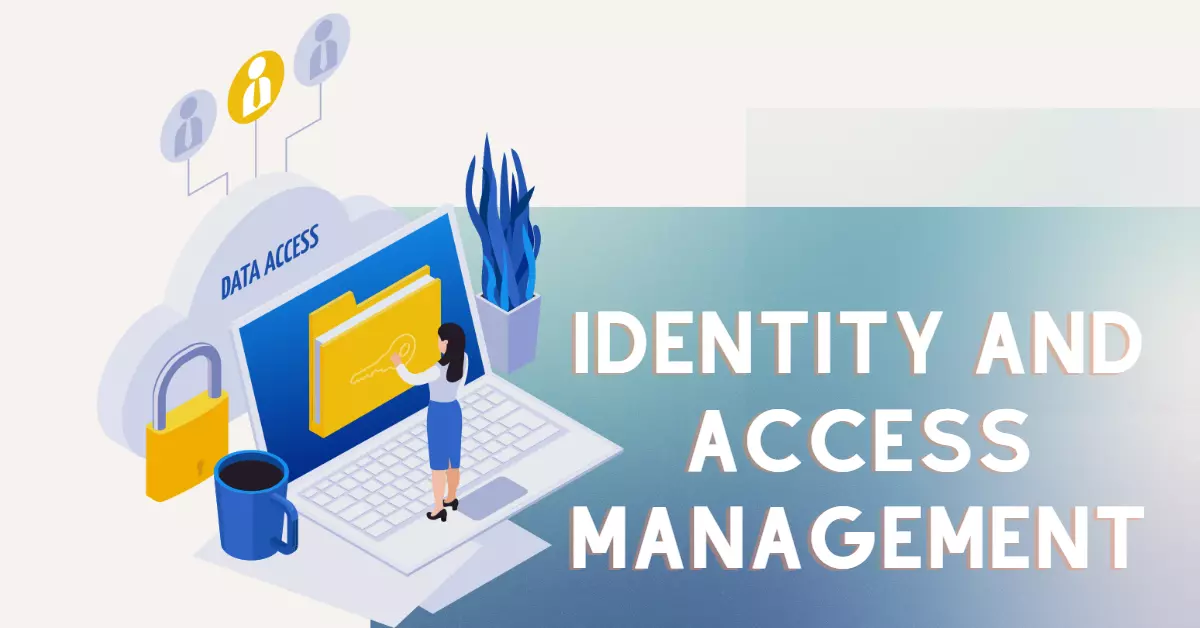In today’s digital age, data security is more important than ever. With the increasing use of cloud backups, it’s essential to ensure that your sensitive information is protected against cyber threats. But, with so many security and encryption options available, it can be overwhelming to know which one to choose. That’s why we’ve compiled a list of the top 8 security and encryption options available with cloud backups. From AES 256-bit encryption to two-factor authentication, these options will help keep your data safe and secure. Keep reading to learn more about how to protect your data in the cloud.
What is Encryption for Cloud
Encryption in cloud computing is the process of converting data into a coded format that can only be accessed by authorized individuals. This is done to protect the data from unauthorized access, theft, or leakage while it is stored in the cloud.
There are several types of encryption that can be used in cloud computing, including:
- Transport encryption: This encrypts data while it is being transferred over the internet to the cloud storage provider. This is typically done using Secure Sockets Layer (SSL) or Transport Layer Security (TLS) protocols, which ensure that the data is protected against unauthorized access while it is in transit.
- At-rest encryption: This encrypts data while it is stored in the cloud. This means that even if an attacker were to gain access to the cloud storage provider’s servers, they would not be able to read the data without the encryption key.
- Server-side encryption: This is encryption that is applied by the cloud storage provider, typically using their own encryption keys. This means that the provider is responsible for managing the encryption keys, and the user does not have direct access.
- Client-side encryption: This is encryption that is applied by the user, typically using their own encryption keys. This means that the user is responsible for managing the encryption keys, and the provider does not have access.
Encryption keys are used to encrypt and decrypt data. These keys are typically generated and managed by the cloud storage provider, but in some cases, users may also have the option to manage their own encryption keys.
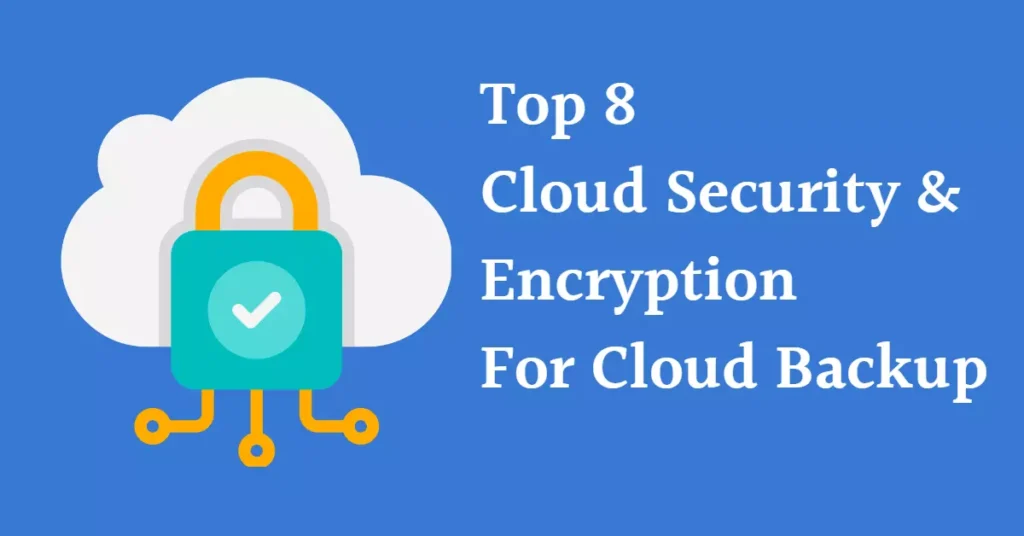
It is important to note that encryption is only one aspect of securing data in the cloud and should be used in conjunction with other security measures such as access controls, authentication, and monitoring.
8 Security and Encryption Available for Cloud Backup
1. Transport encryption
This encrypts data while it is being transferred over the internet to the cloud storage provider. This is typically done using Secure Sockets Layer (SSL) or Transport Layer Security (TLS) protocols, which ensure that the data is protected against unauthorized access while it is in transit.
2. At-rest encryption
This encrypts data while it is stored in the cloud. This means that even if an attacker were to gain access to the cloud storage provider’s servers, they would not be able to read the data without the encryption key. This can be done using various encryption algorithms such as AES (Advanced Encryption Standard).
3. Server-side encryption
This is encryption that is applied by the cloud storage provider, typically using their own encryption keys. This means that the provider is responsible for managing the encryption keys, and the user does not have direct access to them. This can be helpful for ease of use but also means that the user has to trust the provider for the security of the encryption keys.
4. Client-side encryption
This is encryption that is applied by the user, typically using their own encryption keys. This means that the user is responsible for managing the encryption keys, and the provider does not have access to them. This can provide additional security but also increases the complexity of managing the encryption keys.
5. Key management
This involves managing and controlling access to the encryption keys used to encrypt and decrypt the data. This can include creating, storing, and rotating encryption keys, as well as controlling who has access to them.
6. Two-factor authentication
This adds an extra layer of security by requiring a second form of authentication, such as a fingerprint or a text message, in addition to a password. This helps ensure that only authorized users can access the data.
7. Multi-factor authentication
This is an authentication method in which a computer user is granted access only after successfully presenting two or more pieces of evidence to an authentication mechanism: knowledge (something the user and only the user knows), possession (something the user and only the user has), and inherence (something the user and only the user is). This improves security by making it harder for attackers to impersonate legitimate users.
8. Access control
This controls who has access to the data and what actions they can perform on it. This can include setting permissions and access levels for different users and groups, as well as monitoring and auditing access to the data. This ensures that only authorized users can access the data and that they can only perform the actions that they are authorized to perform.
Conclusion
In conclusion, cloud security and encryption are essential for protecting your data in the cloud. By implementing the right security and encryption measures, you can ensure that your data is protected against cyber threats, data breaches, and unauthorized access. From AES 256-bit encryption to two-factor authentication, the options available to secure your cloud backups are varied and comprehensive. It’s important to take the time to understand and implement the right security and encryption measures for your organization’s specific needs. By taking a proactive approach to cloud security and encryption, you can rest assured that your data is safe, secure, and available when you need it.




